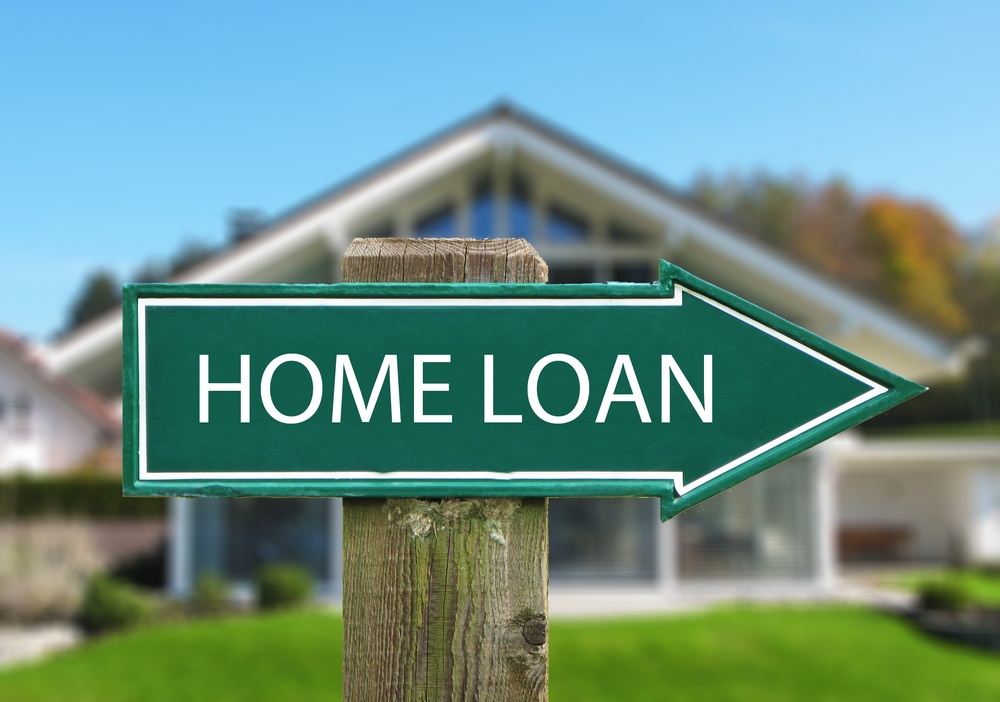Cash in on real estate – take a home loan in 2015

Home Loan in 2015
A good price appreciation on your property is undoubtedly the biggest opportunity to gain. Moreover, you can save on taxes, on interest repayments on an ongoing basis. Real estate is among the most complex asset classes and can have an asymmetric payoff during good times. Besides the pride of ownership, purchasing a house is also seen as one of the most effective ways to make money.
After having a dream run for over a decade, residential property prices hit the bottom, almost stagnating in most top cities. This was due to a combination of factors like ample supply, high interest rates on home loans and slow economic growth.
As the price slump continues, a bit of rethinking is advisable. Should you invest or even be holding on to a property? Does it make sense to continue with the existing home loan with a high rate of interest?
In a study of over 5,000 users of BigDecisions.com, Buy or Rent tool across 7 cities in India, between 60% and 80% of them expect a lesser than 10% appreciation per annum in property prices for the predictable future; which is lower than the cost of the loan.
We have listed below, some of the learnings from the above stated study:
- At such kind of expectations of price appreciation, it may take anywhere between 9 & 14 years for a purchase decision to pay off. If the consumer has a shorter time horizon, then it only makes sense to rent the property.
- It may be wise to rent a house in the city one works in (usually one of the larger cities) while buying a home as an asset in a smaller city, where the prices are likely to be lower, making a property easily affordable and the expected appreciation higher. Another way to save is to transfer your home loan to another lender at a reduced interest rate.From the time RBI directed banks to not charge pre payment or foreclosure charges on variable (or floating) interest rate loans, switching to the lender who lends at the lowest cost is a real opportunity for home buyers.
For instance, on an Rs 1-crore loan, you save more than Rs 80,000 per annum if your interest rate is reduced by 1%. This will add up to a total saving worth Rs 16.12 lakh over the entire loan tenure (assuming the loan is for 20 years). How many opportunities to save this kind of money exist today’?
Furthermore, you can top up or borrow the “paid back” amount resulting in the cheapest possible personal or business loan. Considering that your property was valued at Rs. 70 lakh at the time of purchase with a loan of 80% of the value that is – Rs. 56 lakh, after 3 years, it may be worth at least Rs 80 lakh. At this point of time, if you opt for a refinance (loan transfer), considering the outstanding loan amount to be about Rs 53 lakh, the new lender would give you 80% of Rs 80 lakh (existing market price), which is Rs 64 lakh. Even after clearing the outstanding balance (Rs 53 lakh), you would be left with an extra cash of Rs 11 lakh. This money has a cost of 10% annually. Since most business or working capital loans come at rates ranging from 14 to 24%, money at 10% could be extremely helpful.
The ideal approach to save the most is to prepay a certain portion of your loan and reduce the tenure. This will not only reduce the interest burden but continue giving you the same amount of tax benefit. Fundamentally, you can minimise the interest outflow firstly by reducing the amount you owe to the lender and secondly by decreasing the amount of time the money is borrowed for.
However, sometimes, reducing the tenure even at a lower interest rate might increase your EMI but if overall savings is the ultimate objective and you can afford to pay the increased instalment amount, it is totally worth it!



